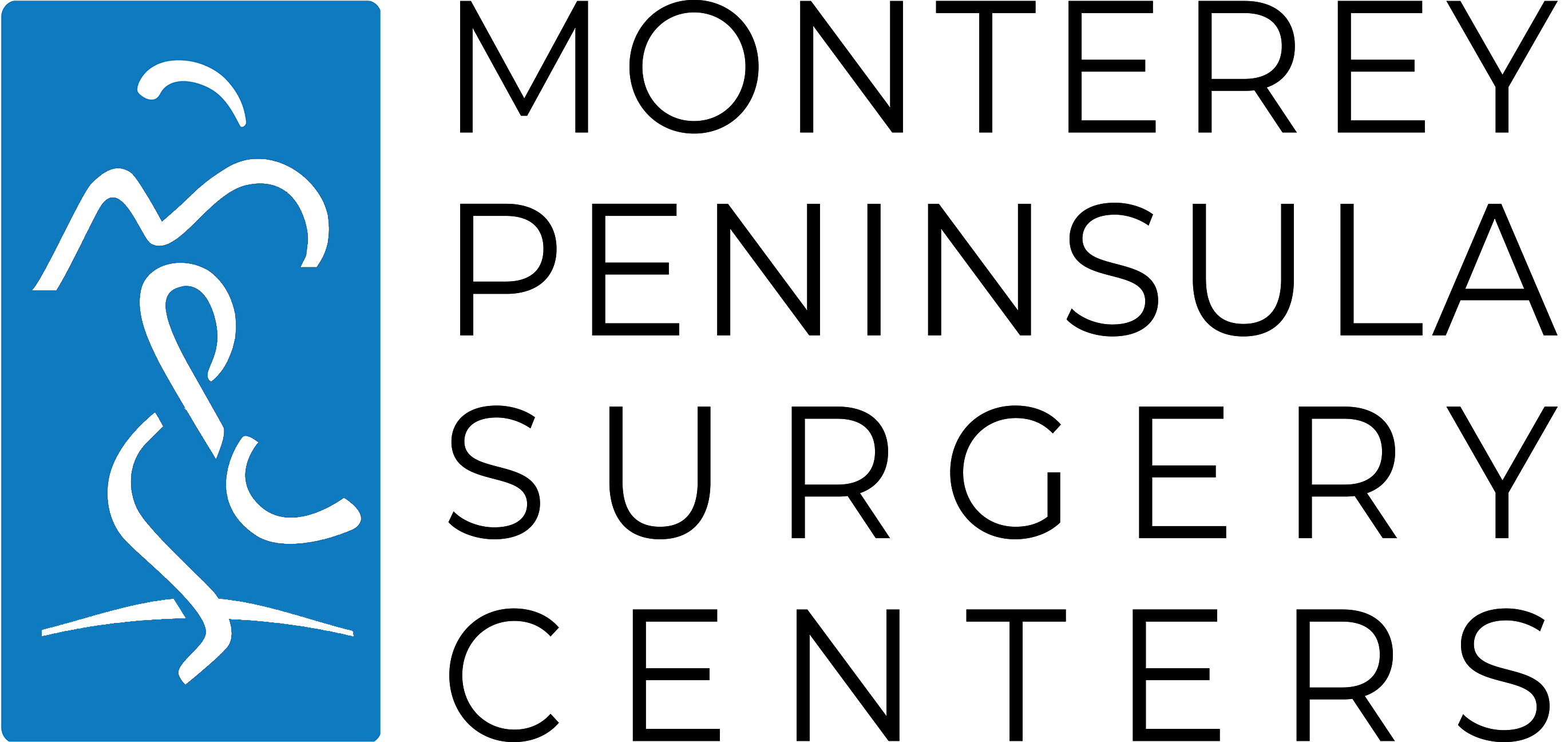Traditional methods of spine surgery, often called “open surgeries,” require large incisions to access the spinal column, which can severely weaken the soft tissue and supporting muscles of the back. Damage to these supporting muscles leaves patients with longer, more painful recoveries.
Fortunately, a host of minimally invasive surgical techniques can now address chronic pain that originates in the spinal column, avoiding the trauma associated with traditional surgery.
MPSC offers several nonsurgical procedures that are designed to relieve and manage pain. Though not everyone receives the same relief, patients frequently benefit from these targeted approaches and are typically able to return to normal activities.
Some of these procedures are used to reduce pain in an effort to avoid surgery, while others are used to diagnose the source of pain. These techniques can be employed on their own or in combination with other treatment.
Pain-management procedures offered by MPSC include:





